Swimming Life Jacket
A swimming life jacket, also known as a personal flotation device (PFD) or life vest, is an essential piece of equipment designed to assist individuals in staying buoyant and safe in water. Whether you’re swimming for recreation, participating in water sports, or involved in rescue operations, the right life jacket can make a crucial difference in your safety and comfort.
Types of Swimming Life-Jackets
Swimming life-jackets come in various types, each tailored to specific activities and water conditions:
- Type I: Offshore Vest Life-Jackets
- Designed for rough or remote waters where rescue may be delayed. They provide the most buoyancy and are suitable for extended survival in open water.
- Type II: Near-Shore Buoyancy Vests
- Intended for calm or inland waters where rescue is likely to be quick. They are less bulky than Type I jackets but still provide adequate buoyancy.
- Type III: Flotation Aids
- Typically used for activities where rescue is expected quickly. They are comfortable and allow freedom of movement, making them suitable for activities like kayaking, canoeing, and water skiing.
- Type IV: Throwable Devices
- These are not worn but are thrown to a person in distress to provide flotation support. Examples include buoyant cushions or rings.
- Type V: Special-Use Devices
- These are specialized vests for specific activities such as windsurfing, kayaking, or waterskiing. They are designed with features tailored to the particular sport.
Components of a Swimming Life Jacket
A standard swimming life-jacket consists of several key components that contribute to its functionality and effectiveness:
- Buoyant Material: Typically made from foam or inflatable chambers filled with air, providing the necessary buoyancy to keep a person afloat.
- Outer Shell: Constructed from durable materials such as nylon or polyester to withstand wear and tear in water environments.
- Closure Mechanism: Usually features zippers, buckles, or straps to secure the life jacket around the wearer.
- Reflective Tape: Often included for enhanced visibility, especially in low-light conditions, aiding in search and rescue operations.
- Whistle or Signal Device: Many life jackets come with a whistle attached to attract attention in emergencies.
Choosing the Right Swimming Life Jacket
Selecting the appropriate life-jacket depends on several factors:
- Buoyancy: Ensure the life jacket provides enough buoyancy to support your weight in water.
- Fit: A snug fit is crucial to prevent the life jacket from riding up in the water. Most jackets come in different sizes to accommodate various body types.
- Activity: Consider the type of water activity you’ll be engaging in to determine the most suitable type of life jacket.
- Comfort: Look for features such as padded straps or mesh panels for comfort during prolonged wear.
Benefits of Using a Swimming Life Jacket
- Safety: The primary benefit of wearing a life jacket is enhanced safety, reducing the risk of drowning, especially for non-swimmers or in unpredictable water conditions.
- Buoyancy: A life-jacket’s buoyant material keeps a person afloat and helps conserve energy in water, increasing the chances of survival until rescue arrives.
- Legal Requirement: In many jurisdictions, wearing a life-jacket is mandatory in certain water activities, ensuring compliance with safety regulations.
- Versatility: Life-jackets cater to a wide range of water activities and can be used by individuals of all ages and swimming abilities.
Maintenance and Care
To ensure the effectiveness and longevity of your swimming life-jacket, follow these maintenance tips:
- Inspect Regularly: Check for signs of wear and tear, including fraying straps or torn seams.
- Clean Properly: Rinse the Vest life jacket with fresh water after each use, especially if exposed to saltwater or chemicals. Allow it to air dry thoroughly before storing.
- Store Correctly: Store the life jacket in a cool, dry place away from direct sunlight and extreme temperatures.
- Replace When Necessary: Over time, the buoyancy of foam-filled life jackets can deteriorate. Replace your life jacket if it no longer provides adequate buoyancy.
Conclusion
A swimming life-jacket is an indispensable safety device for anyone venturing into water, whether for leisure, sport, or work. By understanding the types, components, and benefits of life-jackets, you can make an informed choice to ensure your safety and enjoyment in aquatic environments. Always prioritize wearing a properly fitted life-jacket to minimize risks and maximize your peace of mind when enjoying water activities.












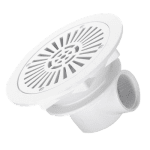







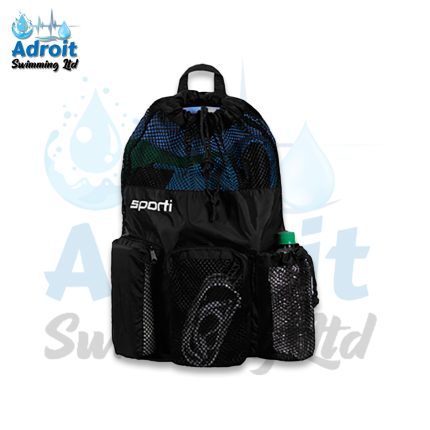
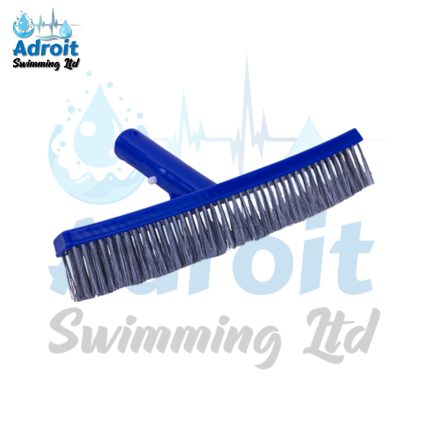


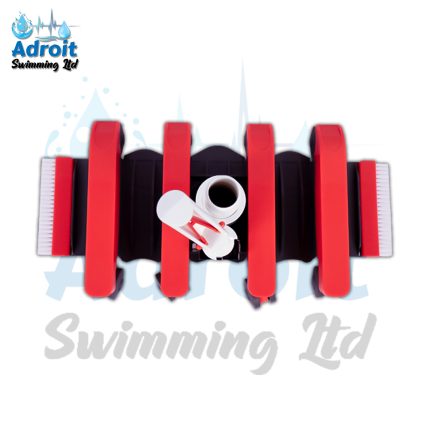
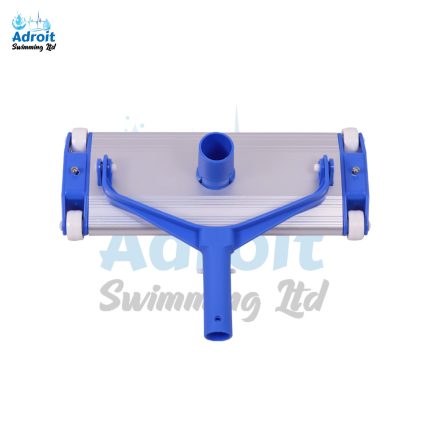
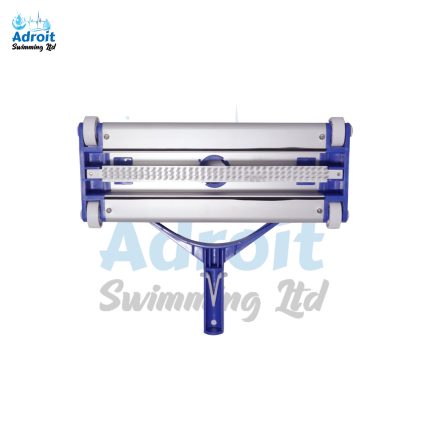
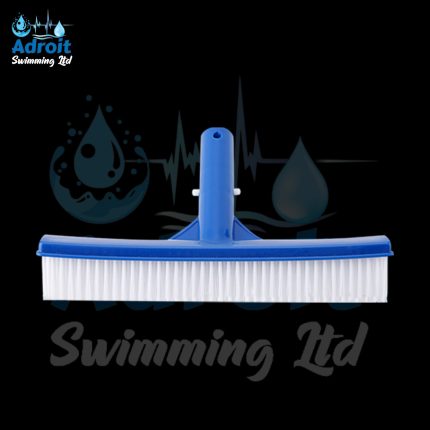
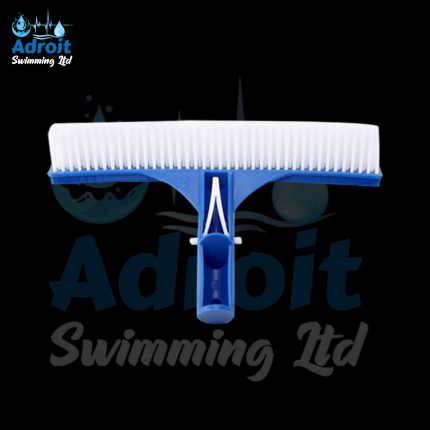


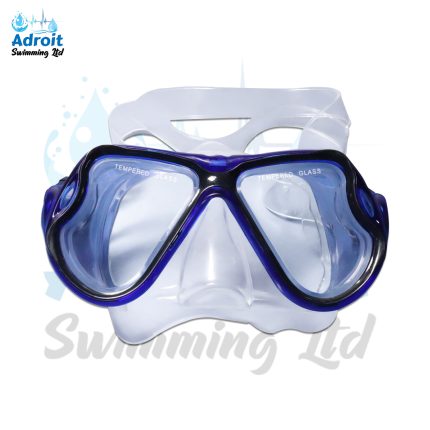




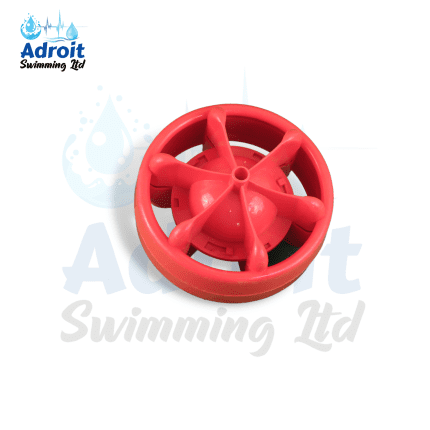
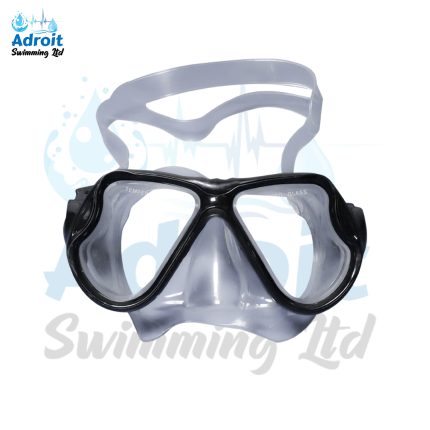
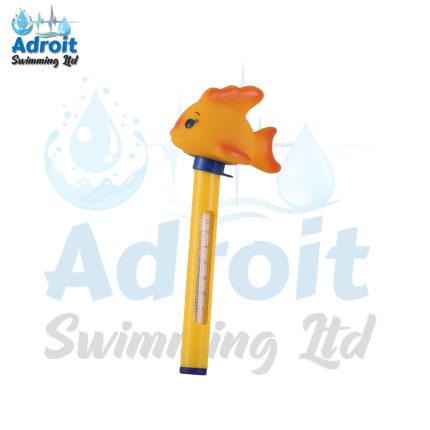
Reviews
There are no reviews yet.